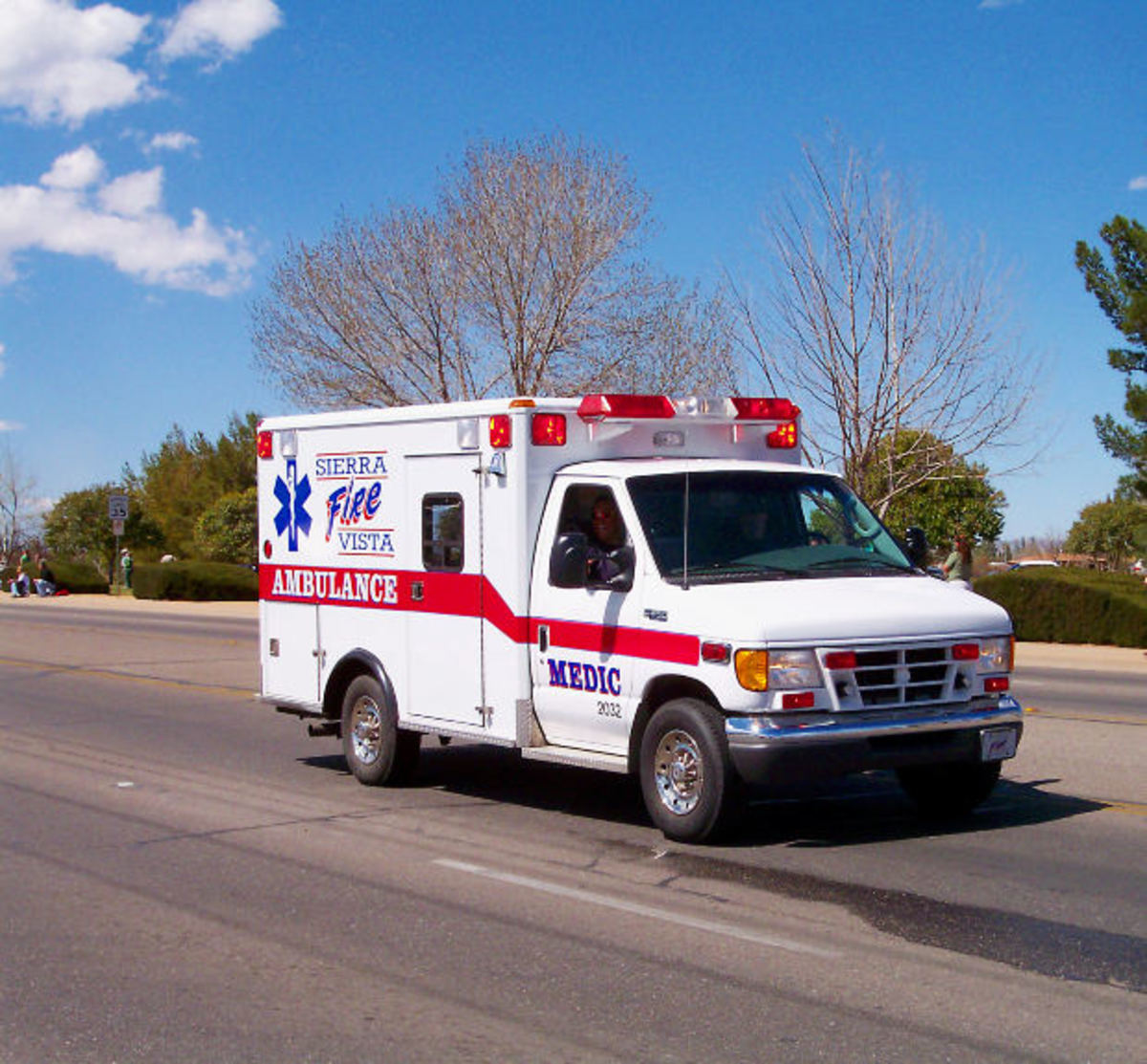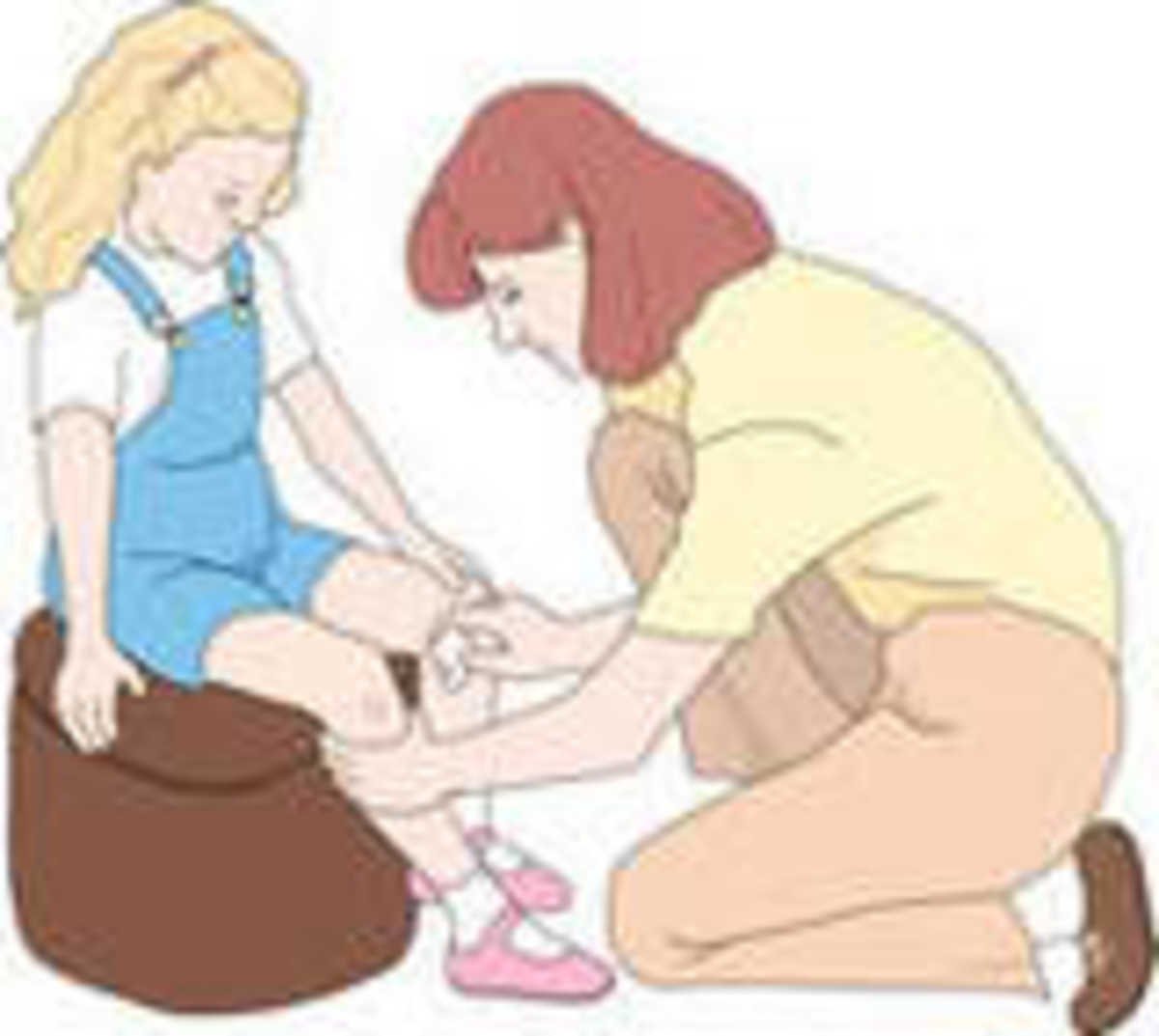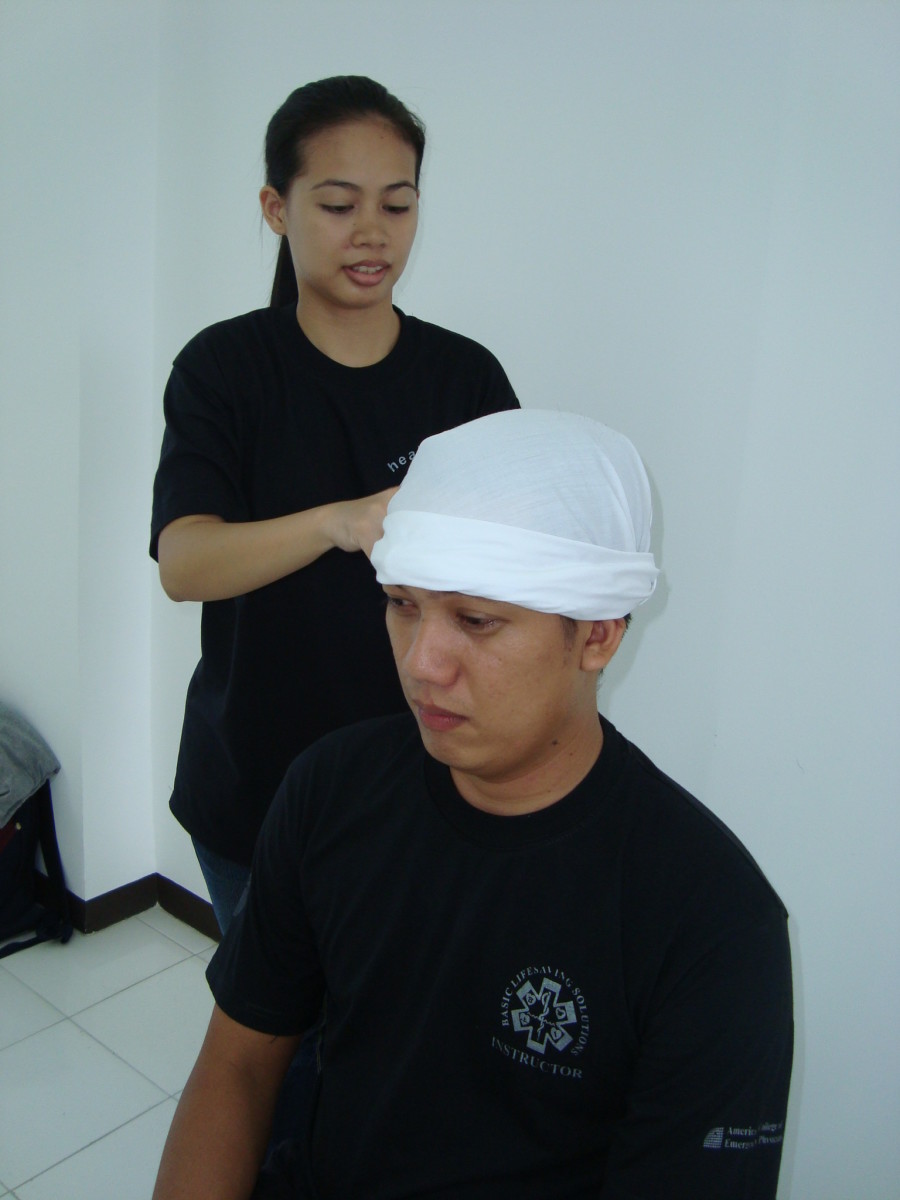Basic First Aid

Although injuries and illnesses can be avoided by following safety procedures, accidents do occur and we should always be prepared when these happen. Whether accidents come in the form of life threatening injuries or minor bruises and burns, our knowledge of First Aid is essential because every second counts in preventing further harm and saving lives. Knowledge of first aid is essential to prevent further injury and saves lives.
What's in a First Aid kit?
Every home, school or office must have a First Aid kit that is accessible anytime. The content of your first aid kit must be more than enough for the number of people in the house, school or office, replace each item after every use. Use this simple checklist in making your own First Aid kit:
- Bandages
- Gauze
- Cotton
- Scissors
- Thermometer
- Gloves
- Tape
- Sterile dressing
- Antiseptic
- Safety pins
- Cotton
- Antihistamine
Provide AID
A - Assist and ask for help. When you see an accident, do you just ignore the situation or be among the onlookers? Be ready to assist and call for help.
I - Inspect and intervene. Check out the situation particularly the welfare of the victims. How many persons are injured and are these people around who can help? If there are many accident victims, attend first to the most seriously injured. Have capable persons around you and keep bystanders away.
D - Do what's best. The effective application of First Aid depends much on our knowledge of the type of injury and the fastest way to treat it. If you're not sure of what's wrong and how to deal with it, the best thing to do is to call for help. You cannot risk doing something that might worsen the situation or condition of the victim. Likewise, you cannot save a life of a person by becoming a victim yourself. In other words, check out the situation and ensure your safety before attempting to rescue anyone.
What To Remember When Providing First Aid
Before applying First Aid, always remember that the victim should not be moved. The only exception to this rule is when the victim's position threatens his/her life, such as in the case of fire and water-related incidents. If the victim needs to be moved, drag the body lengthwise and not sideways. If a stretcher is not available, make use of a blanket or board which can be put under the victim. The reason for moving the person on a flat surface is that the spine and neck must be aligned in case of a spinal injury. You may not know if it is a spinal injury as soon as you see a victim so you should observe this safety precaution all the time.
Basic Steps in Providing First Aid
- Call for help and assess victim for signs of life. Attempt rescue breathing immediately as needed.
- Restore respiration if breathing has stopped.
- Restore heart action if beating has stopped.
- Stop bleeding.
- Treat for shock.
The ABC In First Aid
How do you restore respiration and heart action? Remember ABC.
A - Airway. Open the victim's airway by tilting the head back and tilting the victim.
B - Breathing. Listen, look and feel for signs of breathing. If the victim is not breathing, give two breaths and check for signs of circulation.
C - Circulation. Look for signs of circulation such as breathing, coughing or movement in response to the breaths. If the victim has no signs of circulation, start chest compressions. Adults require 15 chest compressions for every two rescue breaths.
VITAL SIGNS
If the victim is conscious and after you have sought help, introduce yourself and ask what happened. Check out these vital signs:
Breathing
- If the victim is not breathing or has difficulty breathing:
- loosen clothing, collar, belt
- clear nose, mouth and throat
- give artificial respiration
- If the person is unconscious but breathing normally:
- clear nose, mouth and throat
- check pulse and heartbeat
- Stop any bleeding by applying pressure on the wound or source of the bleeding. Cover serious wounds with a clean cloth or gauze.
Head
- Check if there's wound, scrape or bump
Eyes
- Compare the eye's pupils. Dilated pupils indicate bleeding and shock. Unequal pupils mean head wound or stroke while constricted pupils signify fainting due to heat exhaustion or drug overdose.
- Check for blood or liquid
Neck, Chest or Ribs
- Feel for wound or if it is broken









